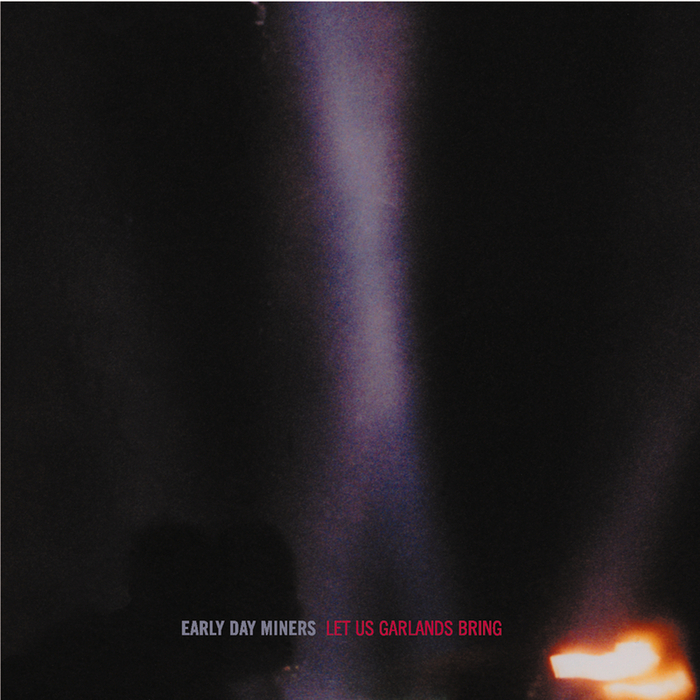More than 40 000 years ago, in what is now Swaziland, some pre-historic human decided to crush up some hematite from a cave wall and use it to make the red pigment ochre. This person unknowingly became the world’s first miner.
That makes mining an extremely old profession. 40 000 years ago is twice as far back in history as the most recent ice age, thousands of years before the domestication of animals, and approximately 30 000 years before the last woolly mammoth keeled over and died.
It’s hard to know how proud we should be, as a species, of our ability to dig stuff out of the earth and put it to use.
On the one hand, there’s an unbelievable ingenuity to it; it’s pretty spectacular that someone would look at the side of a mountain and say, “you know, I bet we could turn that into pyramids.” But on the other hand, it’s hard to think of a profession that has claimed more lives, destroyed more ecosystems, or contributed more directly to the gap between the extremely poor and the unfathomably rich.
One thing is for certain: an incredible proportion of the built environment that surrounds you right now is a result of mining. Your house. The street outside. Your computer. Our greatest structures and most wonderful inventions are all linked to mining in some way.
Which brings us to the band Early Day Miners. They formed in Bloomington, Indiana, near some of the largest limestone quarries in the United States. These quarries provided the limestone used to build, among many other things, the Empire State Building.
It’s kind of strange- a beautiful structure over here, leaving a huge hole in the earth way over there…these are the conflicting thoughts that run through my mind when I think about mining. Environmental ruin vs. architectural wonder; human exploitation vs. engineering marvel; loss of life vs. landmark legacy.
All because someone in Paleolithic Swaziland wanted some ochre.
What makes this a beautiful song:
1. There’s something unexpected about the pairing of the working-class acoustic guitar hanging out with the bourgeois violin.
2. The snare drum has a slow marching-band feeling to it.
3. Even though I know it’s an instrumental piece, I always half-expect someone to start singing, and I have no idea why.
Recommended listening activity:
Digging a hole and filling it back in.
